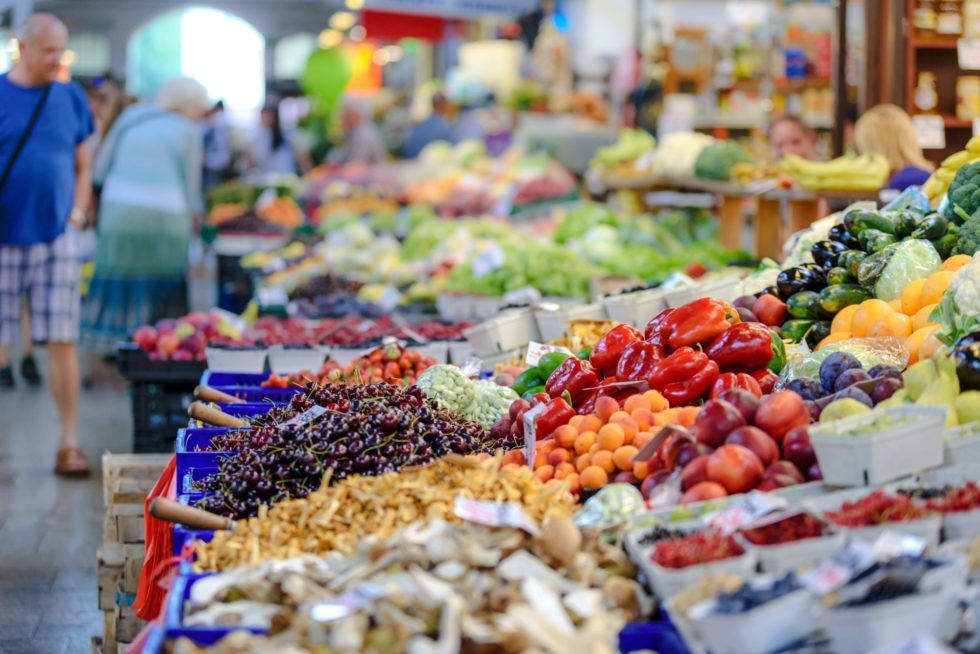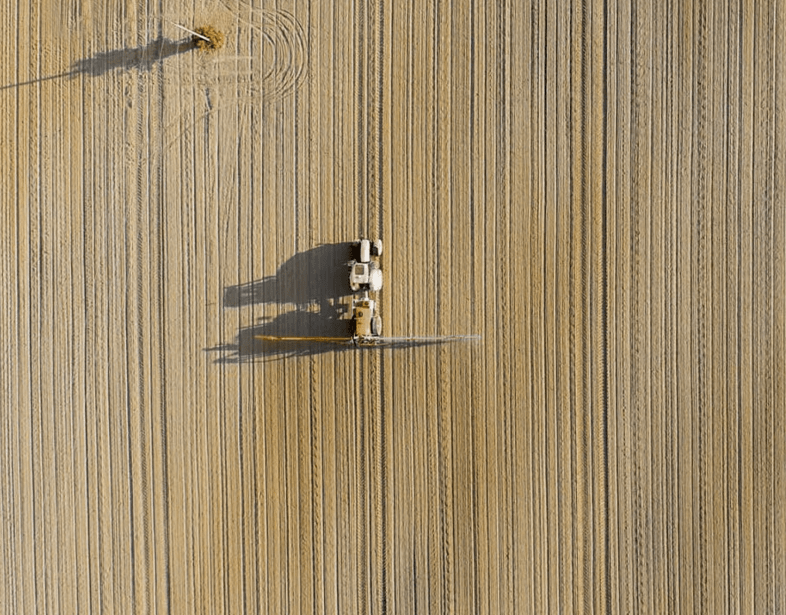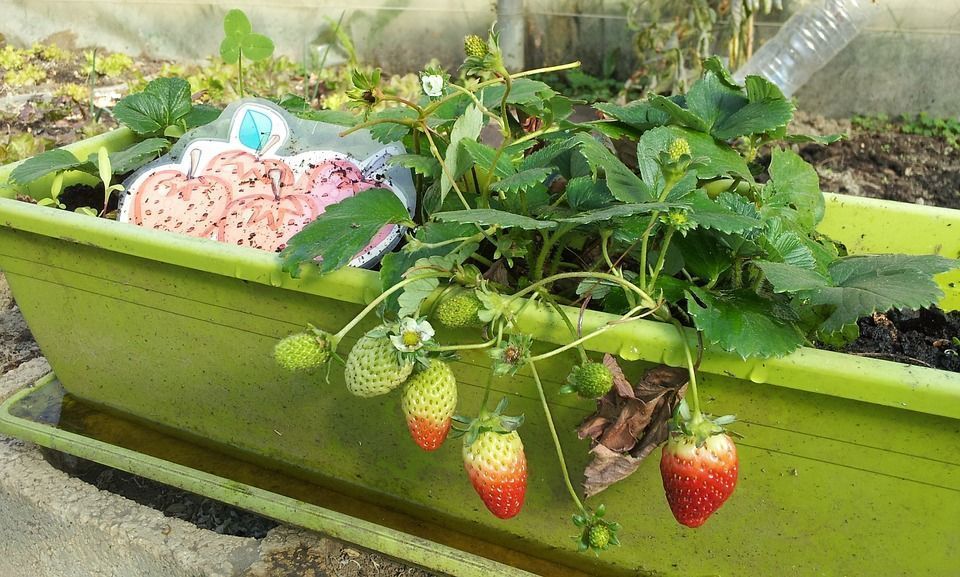
From the moment food is harvested until it reaches your plate, it can pass through different places, changing cities, countries or even continents.
According to a Greenpeace report, the prawn trade in Thailand is destroying indigenous mangroves. A shrimp farmed in a mangrove forest in Thailand will travel to China, where it will be peeled and frozen. It will then go to a European country such as England or the Netherlands, where it will be plastered and distributed to the rest of Europe. This process involves a very high amount of CO₂ emissions. In addition, the massive shrimp farming is causing the destruction of ecosystems and the deforestation of mangrove forests.
The case of prawn is just one of the many examples of food that travels the world before reaching our plates. In this interactive infographic, you can follow the journey of some foods to get from their place of origin to the consumer’s plate.
As explained in the report Alimentos Kilométricos [Kilometric Foods, in Spanish], animal feed, fish, crustaceans, molluscs, coffee, tea, cocoa and spices are the foods that travel the most kilometres from abroad to Spain. They are closely followed by vegetables and fruit, which also travel a very high average number of kilometres per year.
Here are some examples:
CHICKPEAS
Did you know that although chickpeas can be grown on the Iberian Peninsula, we import them in large quantities? The average distance between the farmer who produces chickpeas and the consumer who buys them in the supermarket is no less than 7,500 km. The report explains that this is a trans-oceanic journey that is completely unnecessary, as the product has been grown locally for some 40 years.
Moreover, the impact on the local agricultural fabric in countries such as Mexico, one of Spain’s main chickpea exporters, is devastating. The working conditions of a farmer who produces the chickpeas that end up on our plate are very precarious. According to the Mexican National Institute of Statistics (INEGI, by its in Spanish), their average wage is less than the equivalent of one euro per hour worked (information extracted from the study Alimentos Kilométricos).
SOY
As for livestock feed, soya is one of the products with the greatest environmental and social impact. It is produced mainly in the Mercosur (in Spanish) countries, a trade and economic union of some South American countries. Entire communities in the Amazon and many other territories in Latin America are forced to abandon their homes because of massive soybean cultivation. A report by Amigos de la Tierra [Friends of Earth], under the title “Alerta Soja” (Soy Alert, in Spanish), comprehensively explains the extent to which soy production for livestock feed leads to deforestation, rural conflicts and environmental pollution.

Thus, it is clear that the environmental footprint and the impact of transoceanic transport on the local population are very harmful. There are hundreds of other cases like these, such as avocado, kiwi, pineapple, panga, pork, and Madagascar prawns, among others. To find out more about these and other examples of kilometric foods, please consult the full report (in Spanish).
Globalisation has made products available from almost anywhere in the world, but the cost is not affordable on an environmental or social scale. What can we do to fight the devastating and highly polluting effects of the current trade model?
PROMOTE LOCAL TRADE
Proximity trade is one of the most efficient options for fighting the dominant globalised trade model. Anna Moragues, senior researcher at the University of Barcelona, talks about food as a “right for all people and the need to stop treating it as a commodity“. She explains that globalisation encourages people to consider food a commodity while local commerce opts for a fairer and more sustainable model.

What can you do about it?
- You can grow your own food. In an urban garden, on the balcony of your home or on a green roof, for example. Check out the guide on how to make a vegetable garden (in Catalan)!
- Keep an eye on the label. The labels of the products you buy usually offer lots of information. They must indicate where the food comes from and where was packaged. Buying foods that respect the proximity criteria is a key action to fighting the climate emergency.
- Buy seasonal products. Consult the calendar of seasonal fruit, vegetables, and fish products (in Catalan).
- Go to the municipal or neighbourhood market to buy fruit, vegetables and other fresh produce. Here is an article with some of the local markets in Barcelona.
- Find out about the impact of the food you buy using tools such as the CO₂ emissions calculator (in Spanish).
- Eliminate ultra-processed foods from your diet. Favour fresh food, which is beneficial for your health and for avoiding industrial processing of food.
So food can either go from the garden directly to the plate or pass through different transports, processing, packaging and storage areas, with the tons of greenhouse gas emissions that this implies on a large scale. Therefore, the feeding model we choose affects the environment, the planet’s sustainability, and our health.
And you, which feeding model do you choose? We encourage you to share your experience or opinion with the hashtag #MenjaActuaImpacta on social media.

